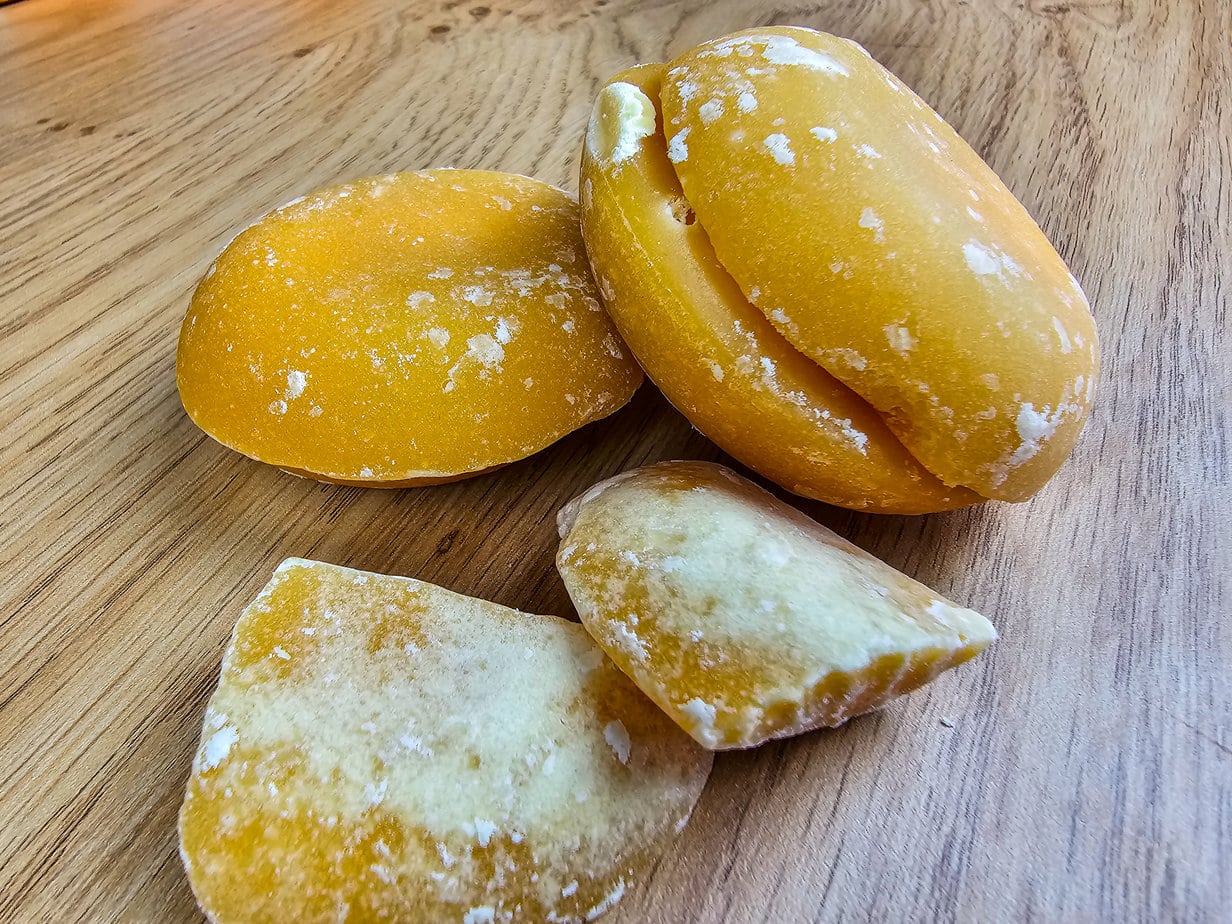Sugar is an essential ingredient in cooking to add flavor and sweetness to many sweet and savory dishes.
From white sugar to brown sugar, including powdered sugar, cane sugar, or raw sugar, there’s something for every taste. Among them, palm sugar takes the gold medal. Natural and exotic, it’s ultimately a very interesting ingredient to use in your recipes if you’re looking for flavorful alternatives!
What is palm sugar?
Palm sugar, sometimes called “jaggery”, is actually presented as a natural sugar derived from the sap of palm trees. These are commonly used in Asia for sugar production.
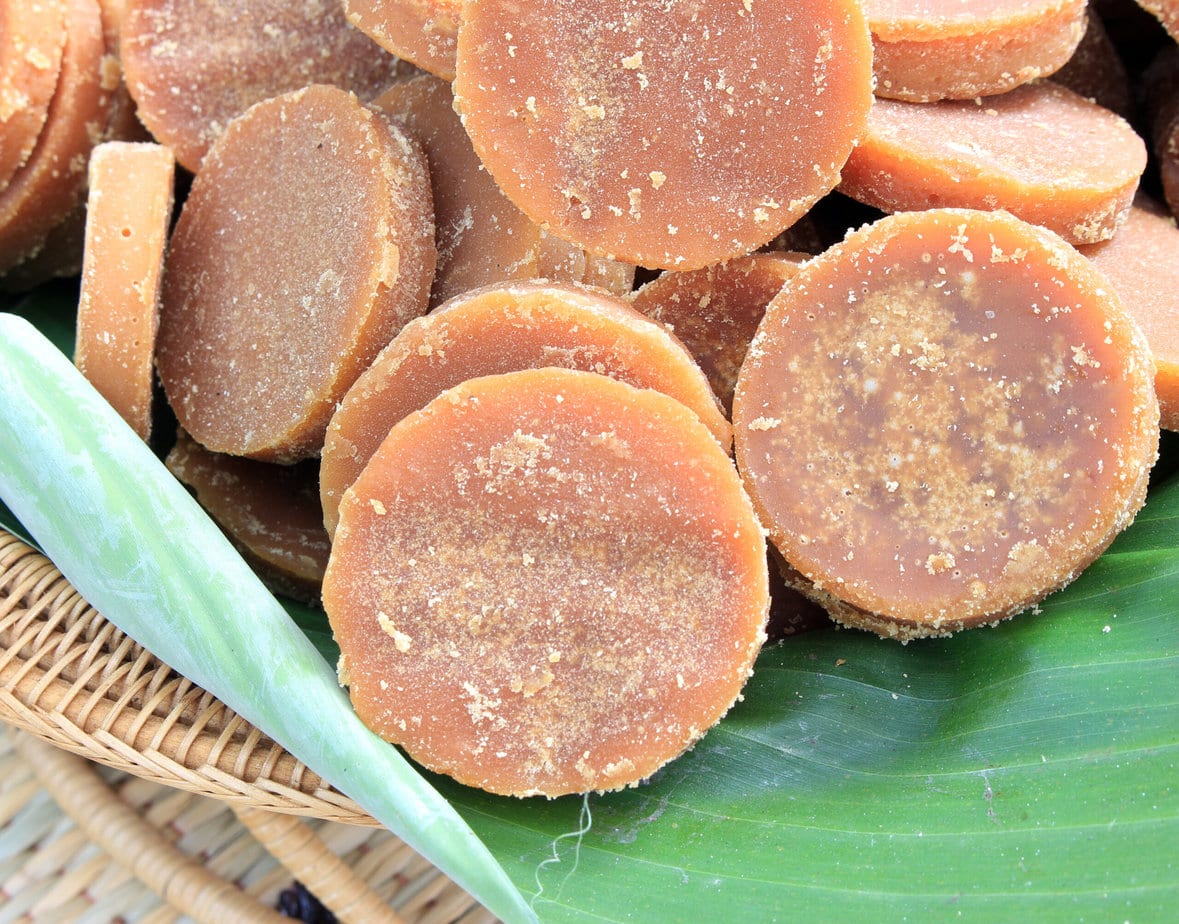
Roughly speaking, the sap is “first collected by incising the trunks directly, then heated until ‘the water’ evaporates and only sugar crystals remain”. Of course, there are as many varieties of palm sugar as “there” are types of palm trees.
It can be made from oil palm, date palm, water palm, nipa palm, coconut palm, and of course, sugar palm. It is therefore an unrefined sugar, as it does not undergo major transformations and does not contain chemicals.
While it is highly appreciated in Thailand, Indonesia, Malaysia, or Vietnam, it is currently becoming much more accessible than it was before.
Palm sugar and coconut sugar, what’s the difference?
These are indeed two types of sugar that are often compared. Palm sugar and coconut sugar can actually be good substitutes for each other, as they are essentially the same thing
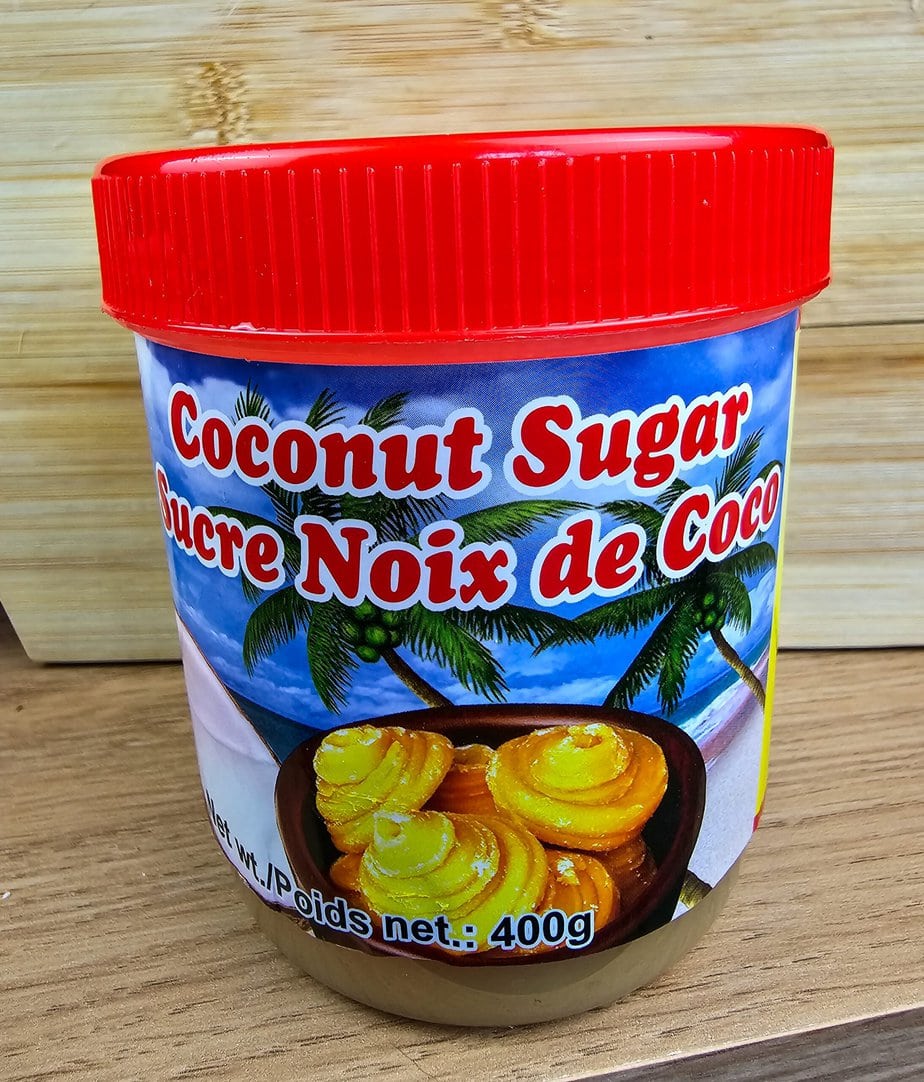
There can be confusion because both types of sugar are made in the same way and have almost the same flavors. Palm sugar is extracted from palm sap, and inevitably, coconut sugar is extracted from coconut palm sap.
They both have this very distinctive and quite complex taste of caramel and maple, supported by smoky notes. They have a grainy texture and a brown color, slightly darker than brown sugar.
In short, there’s really reason to confuse them, or even think that they are one and the same. Their differences ultimately come down to very little, nevertheless, they are to be distinguished. They are indeed two different products that also have a certain price.
A notable difference is that palm sugar is sold in solid form, while coconut sugar has more of a very grainy honey texture. During my culinary experience in Thailand, the local chef explained to me that coconut sugar was rather used for “savory” dishes (pad thai, som tam, …) while palm sugar was rather used for pastry
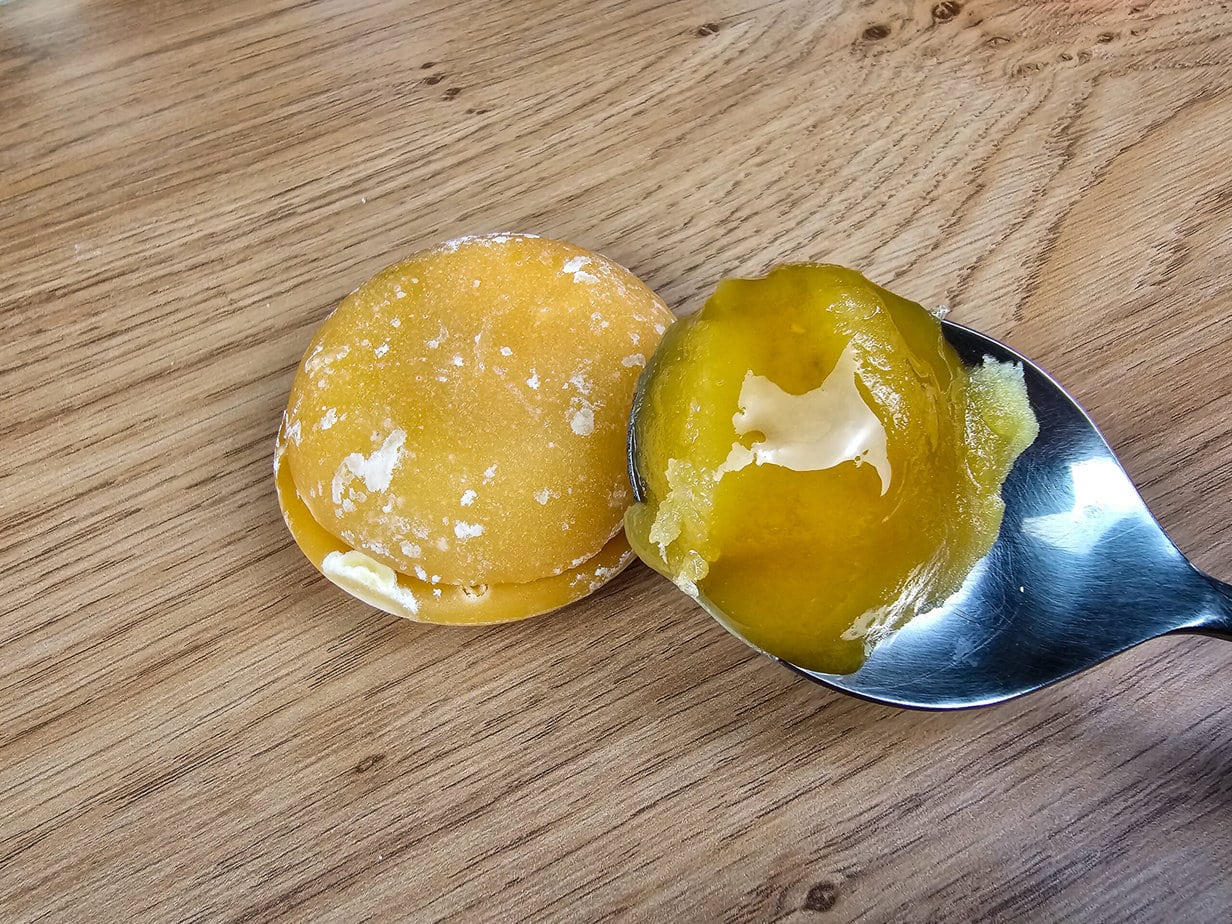
How to use palm sugar?
In Thai cuisine, it’s used in sauces, curries, notably the famous pad thai or nasi goreng, salads like in my Som Tam recipe, and of course in a multitude of desserts and drinks, such as masala chai.
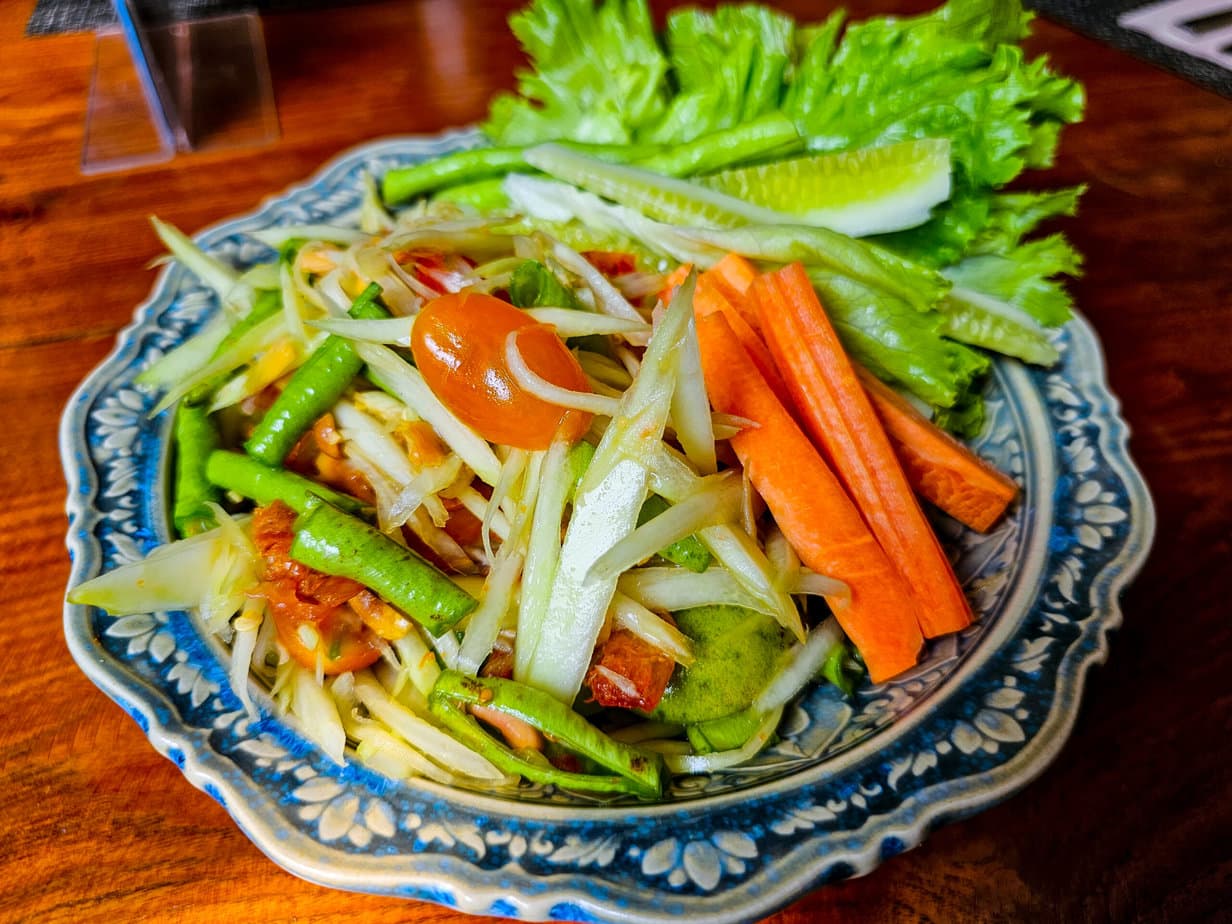
It’s most often sold in grain form, as we’re used to with traditional sugar, but it’s also sold in paste form, and that’s where it becomes interesting to play with textures. You’ll need to incorporate it into a liquid preparation to soften it, or slice it to make pieces and better integrate it into your preparation.
Don’t hesitate to put it in the microwave for a few seconds if it’s tough. You’ll quickly notice that the grain version is easier to use.
How to Replace Palm Sugar?
Unfortunately, palm sugar can be difficult to find, in addition to “being quite expensive. Be aware that there are good substitutes among the varieties of sugar that exist. Maple sugar is, for example, a good alternative.”
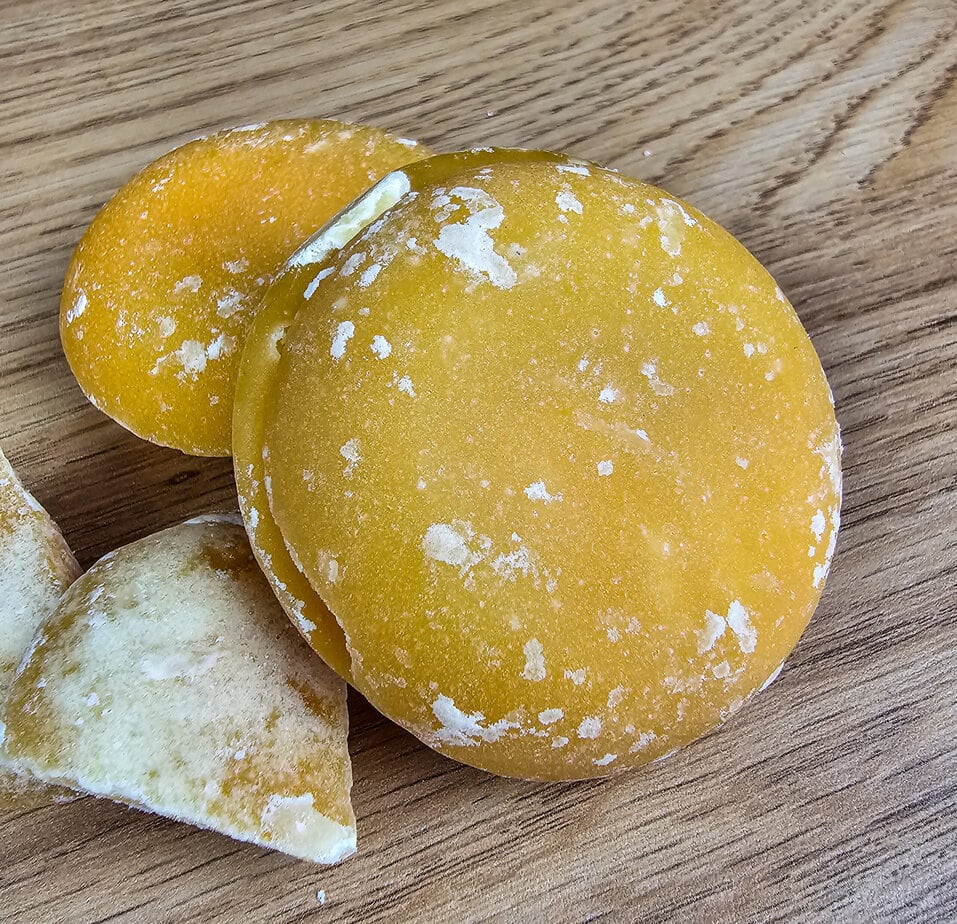
Use it sparingly, it is sweeter than palm sugar and even white sugar! To maintain that caramel flavor, brown sugar can also be a good substitute. Honey and maple syrup make good substitutes as well.
Where to Find Palm Sugar?
Knowing that palm sugar is a rare find, I advise you to head directly to small shops specializing in Asian products.
With luck, you might be able to find it in some supermarkets. It’s worth noting that the browner the sugar, the more intense its flavor will be.
How to Store Palm Sugar?
You won’t be too disoriented, palm sugar is stored like most types of sugar, namely in a dry place away from light. Simply place it in an airtight container, a jar for example, and you can keep it for a very long time without worrying too much about it.
